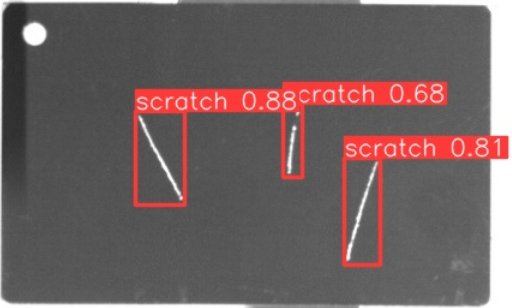AWS Machine Learning Blog
Category: Expert (400)
Governing the ML lifecycle at scale, Part 1: A framework for architecting ML workloads using Amazon SageMaker
Customers of every size and industry are innovating on AWS by infusing machine learning (ML) into their products and services. Recent developments in generative AI models have further sped up the need of ML adoption across industries. However, implementing security, data privacy, and governance controls are still key challenges faced by customers when implementing ML […]
Improve performance of Falcon models with Amazon SageMaker
What is the optimal framework and configuration for hosting large language models (LLMs) for text-generating generative AI applications? Despite the abundance of options for serving LLMs, this is a hard question to answer due to the size of the models, varying model architectures, performance requirements of applications, and more. The Amazon SageMaker Large Model Inference […]
Build an end-to-end MLOps pipeline for visual quality inspection at the edge – Part 1
A successful deployment of a machine learning (ML) model in a production environment heavily relies on an end-to-end ML pipeline. Although developing such a pipeline can be challenging, it becomes even more complex when dealing with an edge ML use case. Machine learning at the edge is a concept that brings the capability of running […]
Build an end-to-end MLOps pipeline for visual quality inspection at the edge – Part 2
In Part 1 of this series, we drafted an architecture for an end-to-end MLOps pipeline for a visual quality inspection use case at the edge. It is architected to automate the entire machine learning (ML) process, from data labeling to model training and deployment at the edge. The focus on managed and serverless services reduces […]
Build an end-to-end MLOps pipeline for visual quality inspection at the edge – Part 3
This is Part 3 of our series where we design and implement an MLOps pipeline for visual quality inspection at the edge. In this post, we focus on how to automate the edge deployment part of the end-to-end MLOps pipeline. We show you how to use AWS IoT Greengrass to manage model inference at the […]
Improve throughput performance of Llama 2 models using Amazon SageMaker
We’re at an exciting inflection point in the widespread adoption of machine learning (ML), and we believe most customer experiences and applications will be reinvented with generative AI. Generative AI can create new content and ideas, including conversations, stories, images, videos, and music. Like most AI, generative AI is powered by ML models—very large models […]
Implement smart document search index with Amazon Textract and Amazon OpenSearch
In this post, we’ll take you on a journey to rapidly build and deploy a document search indexing solution that helps your organization to better harness and extract insights from documents. Whether you’re in Human Resources looking for specific clauses in employee contracts, or a financial analyst sifting through a mountain of invoices to extract payment data, this solution is tailored to empower you to access the information you need with unprecedented speed and accuracy.
Build a secure enterprise application with Generative AI and RAG using Amazon SageMaker JumpStart
In this post, we build a secure enterprise application using AWS Amplify that invokes an Amazon SageMaker JumpStart foundation model, Amazon SageMaker endpoints, and Amazon OpenSearch Service to explain how to create text-to-text or text-to-image and Retrieval Augmented Generation (RAG). You can use this post as a reference to build secure enterprise applications in the Generative AI domain using AWS services.
Optimize deployment cost of Amazon SageMaker JumpStart foundation models with Amazon SageMaker asynchronous endpoints
In this post, we target these situations and solve the problem of risking high costs by deploying large foundation models to Amazon SageMaker asynchronous endpoints from Amazon SageMaker JumpStart. This can help cut costs of the architecture, allowing the endpoint to run only when requests are in the queue and for a short time-to-live, while scaling down to zero when no requests are waiting to be serviced. This sounds great for a lot of use cases; however, an endpoint that has scaled down to zero will introduce a cold start time before being able to serve inferences.
Explain medical decisions in clinical settings using Amazon SageMaker Clarify
In this post, we show how to improve model explainability in clinical settings using Amazon SageMaker Clarify. Explainability of machine learning (ML) models used in the medical domain is becoming increasingly important because models need to be explained from a number of perspectives in order to gain adoption. These perspectives range from medical, technological, legal, and the most important perspective—the patient’s. Models developed on text in the medical domain have become accurate statistically, yet clinicians are ethically required to evaluate areas of weakness related to these predictions in order to provide the best care for individual patients. Explainability of these predictions is required in order for clinicians to make the correct choices on a patient-by-patient basis.









